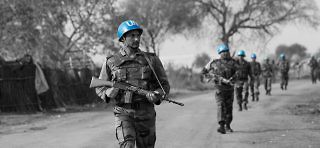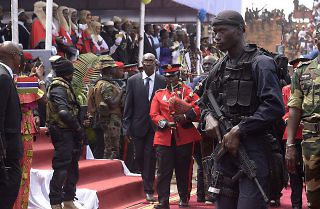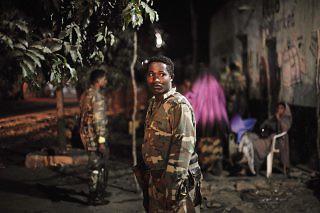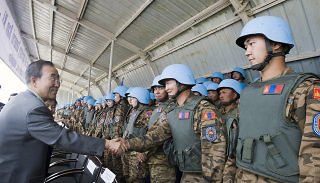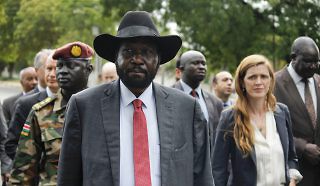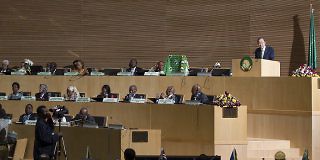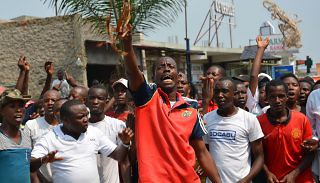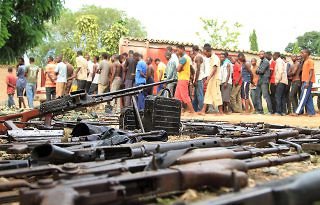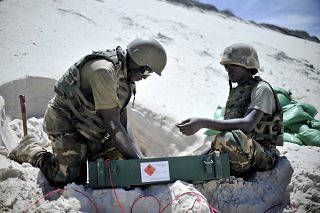Implementing the Cruz report’s recommendations will help, but it won’t resolve the UN’s peacekeeping trilemma.
Author: Paul D. Williams
-
-
So far, ECOMIG’s deployment appears to be a successful case of coercion engineered through the coordinated activities of ECOWAS, the AU, and the UN Security Council.
-
Changes to financing have had the predictable knock-on effect of causing political arguments between the African Union, AMISOM troop-contributing countries, and some of the mission’s key partners, most notably the European Union.
-
For a policy tool that has been used since the 1940s, it is perhaps surprising that there is still no agreed list of tasks or set of criteria by which to measure the performance of UN peacekeepers.
-
If events go smoothly, the RPF could help UNMISS provide better security at its protect of civilians sites, and could feasibly keep the airport and major transport routes open, although the government has rejected this role as potentially providing an open gateway for additional foreign forces to enter Juba.
-
The latest PSC elections sparked some criticism, particularly over Burundi’s re-election while the summit simultaneously debated whether to deploy AU peacekeepers there.
-
On December 21st, Burundi’s parliament unanimously rejected the proposed AU peacekeeping force.
-
If the Burundian government calls the AU’s bluff and refuses to invite MAPROBU onto its territory, this raises an even more fundamental set of challenges for the AU.
-
Unlike the UN, which publicly catalogs peacekeeper fatalities suffered during its operations by date, mission, nationality, and type of incident, the AU provides no such records for AMISOM.
-
Al-Shabaab is still an active and potent enemy, but its recent operational challenges can be a source of strength for AMISOM’s counter-terrorism efforts.
